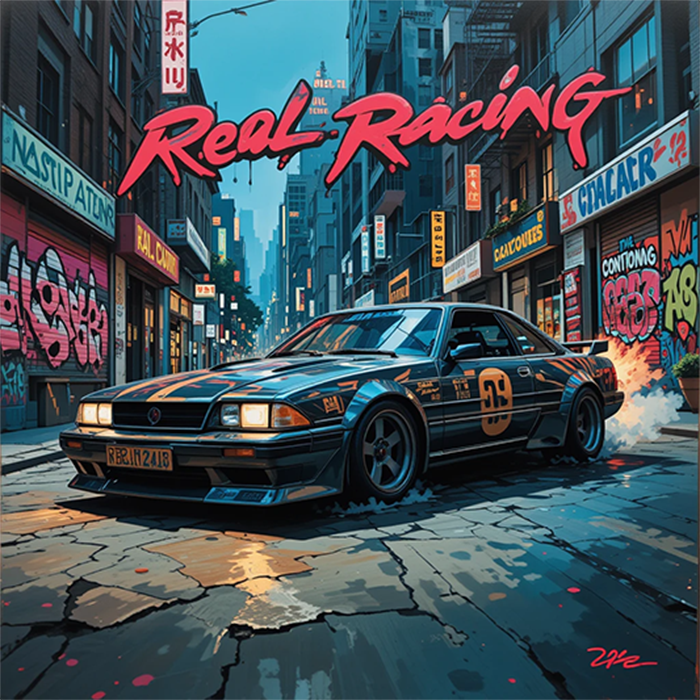Last Updated: 31 August 2024
Mega Car
Mega Car Ramp Racing is an action-packed racing game with extreme ramps, high-speed stunts, and tough obstacles. Developed in Unity, it offers realistic physics, dynamic environments, and a selection of powerful cars to challenge your driving skills.
Challenges
Since Mega Car Ramp Racing features massive open environments with multiple ramps, obstacles, and moving elements, maintaining a high frame rate on various devices was a challenge. Rendering all assets at once could lead to lag, stuttering, or even crashes on low-end devices.
- With cars racing at extreme speeds on vertical ramps and loop tracks, collision handling was crucial to prevent weird glitches, unrealistic bounces, or cars passing through objects due to Unity's physics engine limitations.
- Balancing realism and fun in a car racing game can be tricky. Using default Unity physics often results in cars behaving unnaturally—either too floaty or too stiff. The challenge was to fine-tune car handling, acceleration, braking, and suspension to ensure a smooth driving experience, especially on steep ramps.
- A ramp racing game needs to maintain excitement and difficulty progression to keep players engaged. Simply having big ramps would get repetitive, so the challenge was to design levels with variety, challenges, and incentives to keep players hooked.
- Many racing games struggle with monetization—too many ads ruin the experience, and too few ads reduce revenue. The goal was to implement ads and in-game purchases without frustrating players.

Solutions
Developing a car racing game that offers both a thrilling experience and smooth gameplay presented several key challenges that needed to be addressed carefully. These challenges ranged from ensuring realistic car physics and handling high-speed collisions to designing engaging levels and implementing effective monetization strategies.
In order to optimize performance for large environments, I implemented several techniques to ensure smooth gameplay. I utilized Level of Detail (LOD) to reduce the polygon count of distant objects, ensuring that far-off objects are rendered with lower detail without compromising visual quality. Additionally, I configured Unity’s Occlusion Culling system to prevent the rendering of objects that are not visible to the player, which significantly reduced the CPU and GPU load. To further optimize, I compressed textures and applied object pooling to efficiently reuse elements like ramps and obstacles, minimizing the need for frequent instantiation and destruction.
For implementing realistic car physics, I used Wheel Colliders to simulate real-world car behavior, adjusting values like friction, suspension spring, and slip to make the movement feel natural. I also introduced custom traction control to prevent the cars from spinning out when accelerating on high-speed ramps. Adjusting gravity scaling allowed for thrilling jumps while maintaining control for safe landings after mid-air stunts. Torque-based acceleration was applied to enhance realism, ensuring that the cars responded more naturally rather than relying on instant velocity changes.
To address high-speed collisions, I utilized raycasting for more accurate collision detection, preventing objects from passing through obstacles during high-speed impacts. A custom impact system dynamically calculated crash intensity, triggering different effects such as dents, severe damage, or full destruction based on the impact force. I also employed Rigidbody Interpolation and Continuous Collision Detection to avoid the "tunneling" issue, ensuring that fast-moving objects wouldn’t pass through walls. As for level design, I incorporated progressive difficulty with increasingly complex ramps and obstacles, dynamic hazards like moving barriers and falling objects, and multiple paths offering secret routes for skilled players. To keep the game engaging, I added time-based challenges and rewards, while the monetization strategy included optional rewarded ads, non-intrusive banner ads, premium car unlocks, and an ad-free purchase option to maintain a balance between revenue generation and user experience.
Liked
hello@jahanzeb.me
Share your vision with us, let us turn it into reality! 🚀 Get in Touch Today.
GET IN TOUCH
Fill out my form below and send me an email.


